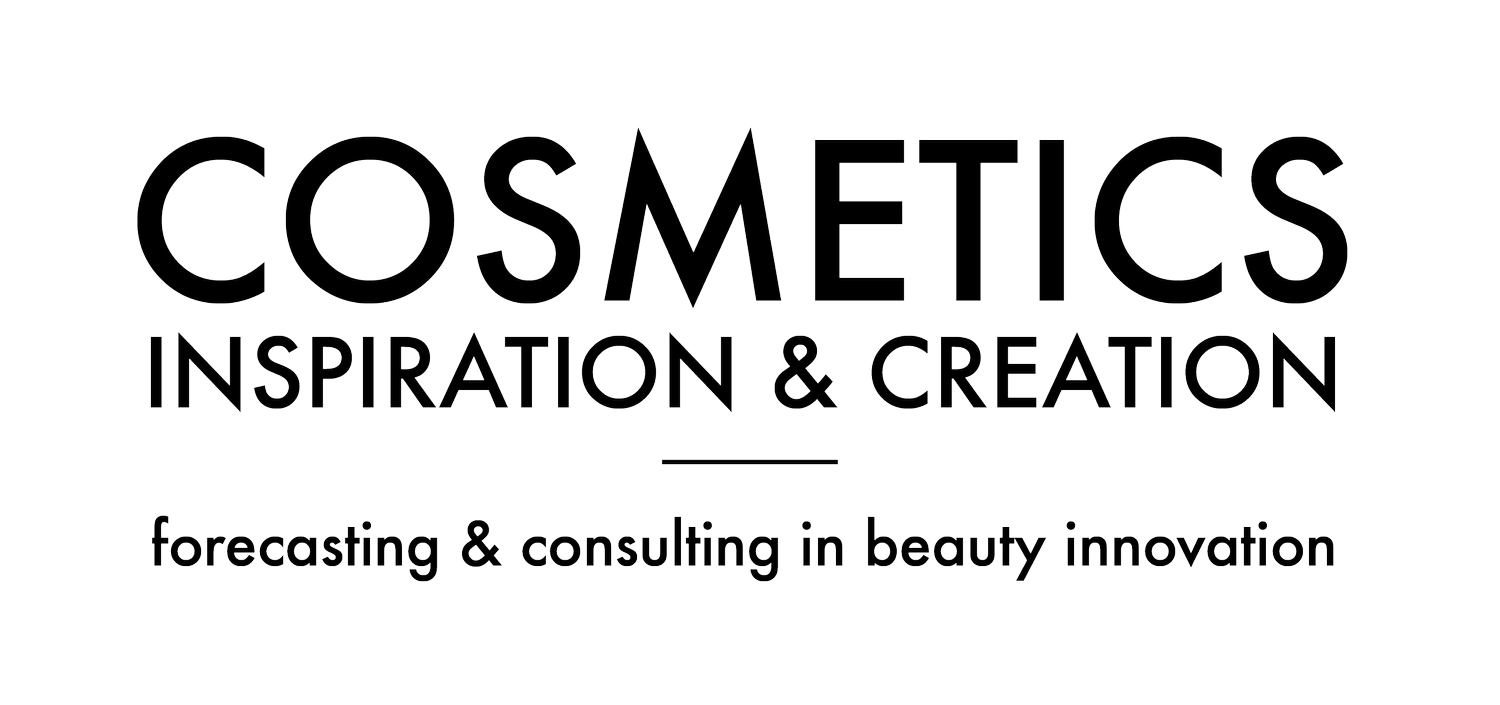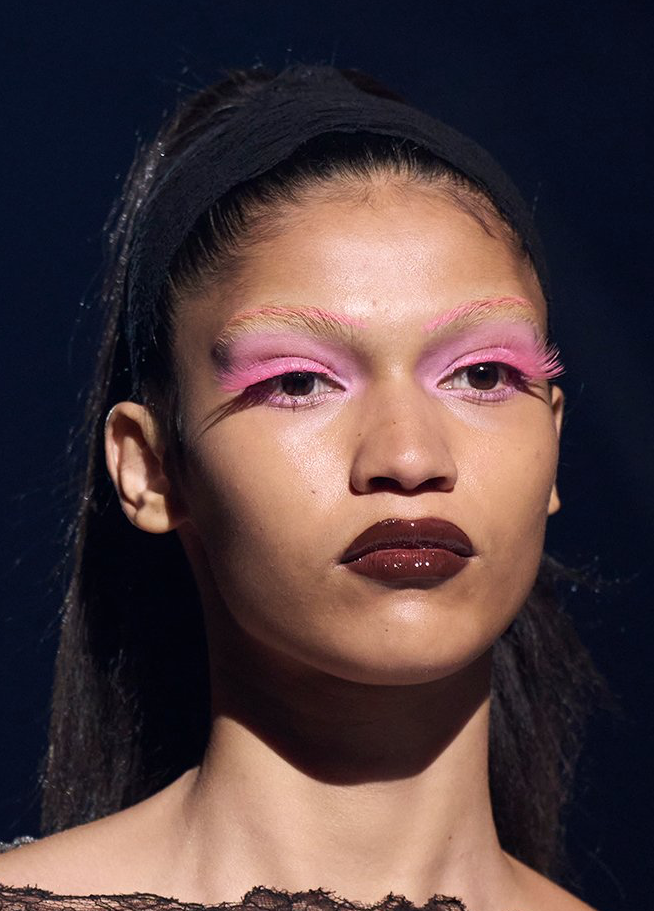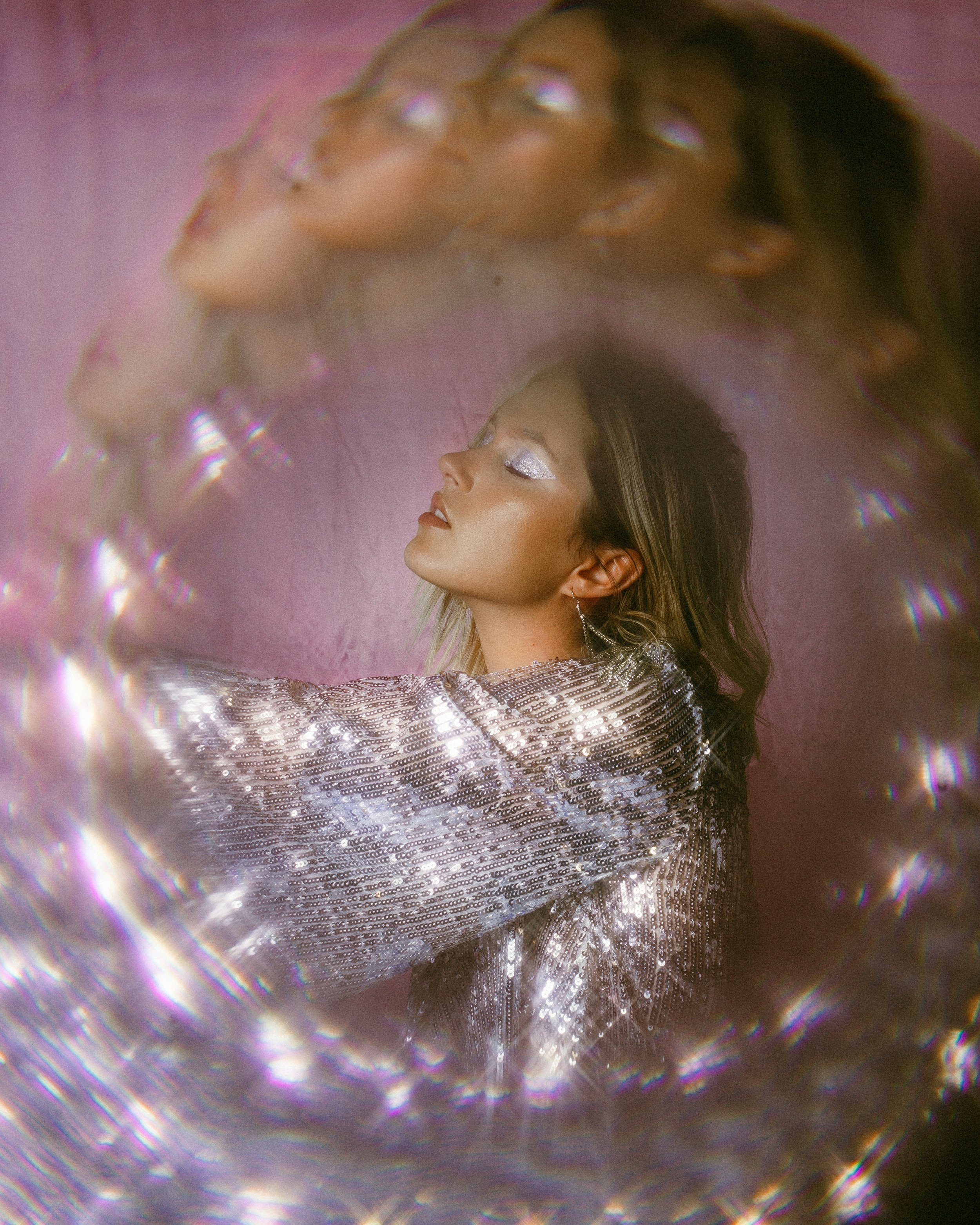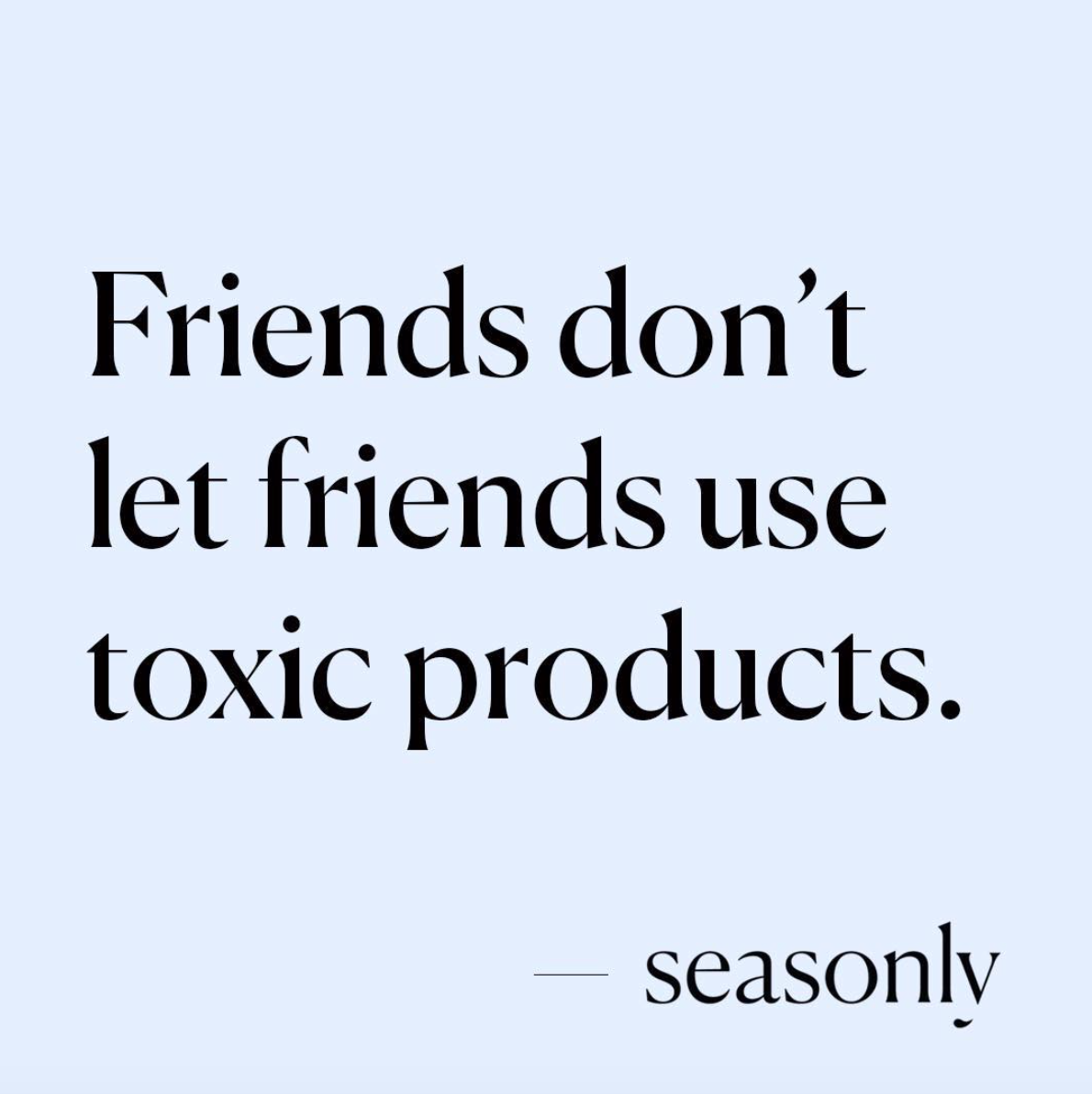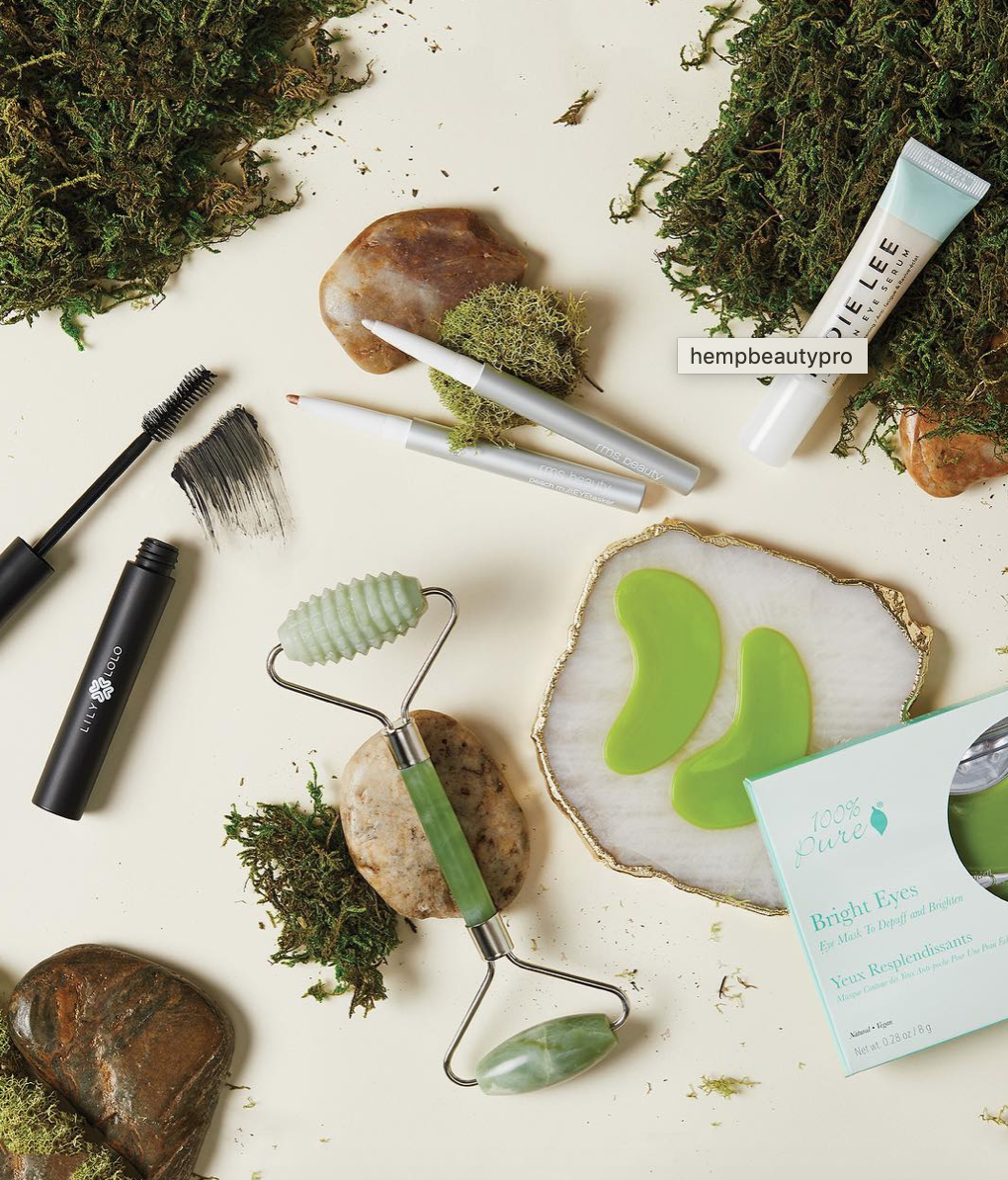Khaite Fall/Winter 2025 - The Impression
Fashion Week is in flux - both structurally, as calendars shift, and culturally, amid a rapidly changing political landscape. This season, designers embraced this feeling of bold contrasts: reference-heavy maximalism clashed with sharp ’90s minimalism, while fashion became a tool for resistance, with brands using the runway to make powerful political and social statements.
Here are highlighted five key trends we spotted during this season’s Fashion weeks.
Corpcore: Back in the boardroom
Calvin Klein Fall/Winter 2025 / Stella McCartney Fall/Winter 2025 / Jane Wade Fall/Winter 2025 - The Impression
Corporate dressing is making a comeback. Sharp tailoring, crisp collars, mannish overcoats and perfectly fitted trousers offer a palette cleanser to the years of work-from-home sweats. This new iteration is not just a Gen Z interpretation of corporate culture, served up in the stylised aesthetic of Severance, but a real status-defining look. In this new vision, even the humble lanyard is a coveted accessory.
Calvin Klein (NYFW) defined the "corporate chic" look in the ’90s, and now Veronica Leoni reinvents it for a new generation, blending sharp silhouettes with a modern, understated sensuality.
Gliding through the sleek corridors of "Stella Corp", models embody a modern working wardrobe that effortlessly shifts from day to night. Stella McCartney (PFW) reinvents power dressing with confidence, blending masculine precision with feminine allure.
At Jane Wade (NYFW), officewear is reimagined through the lens of employer-employee surveillance culture. Work badges, phones and folders become statement accessories, blurring the line between function and fashion.
Fur: Commanding style
Khaite Fall/Winter 2025 / Prada Fall/Winter 2025 / Gucci Fall/Winter 2025 - The Impression
In the spirit of excess, fur returned as a grand symbol of power and unapologetic luxury. Faux and vintage styles also made an appearance, as designers embraced the texture to craft looks that exude drama and confidence.
Featuring 90s-style waterfall overcoats and cropped trenches, Khaite’s (NYFW) tonal, tactile collection is inspired by the aesthetic of David Lynch and the streets of New York.
Miuccia Prada and Raf Simons (MFW) continue their bold experimentation with fur, extending themes from the menswear collection. Oversized faux fur collars envelop structured overcoats worn as dresses, while blazers are reimagined with striking patchwork fur details across the body and lapels, blurring the line between classic tailoring and avant-garde texture play.
Gucci (MFW) revisits its heritage, drawing inspiration from the brand’s early ready-to-wear era with a distinctly vintage aesthetic. Paying tribute to founder Guccio Gucci, the collection embraces nostalgia through opulent, chunky faux furs, blending past elegance with a modern, theatrical edge.
Poppy Red: Look-at-me colour
Issey Miyake Fall/Winter 2025 / Ferragamo Fall/Winter 2025 / Tory Burch Fall/Winter 2025 - The Impression
This season, Poppy Red dominated the runways as a bold and electrifying statement colour. Designers embraced its intensity through monochromatic, head-to-toe looks, reinforcing red’s undeniable presence as both powerful and provocative. Whether in sleek tailoring, fluid gowns or avant-garde outerwear, the striking hue radiated energy and defiance.
Issey Miyake (PFW) reimagines fluidity with a red-on-red knitwear set, expertly cut and knotted to shift and transform with each wear, creating an ever-evolving silhouette. An asymmetrical sculptural dress further explores movement, wrapping the body in dynamic folds.
Inspired by choreographer Pina Bausch, Ferragamo (MFW) designer Maximilian Davis explores the tension between romance and movement. Red takes center stage, symbolising passion, connection and the push-and-pull of relationships. Flowing silhouettes and structured tailoring mirror Bausch’s expressive choreography, blurring the lines between restraint and release, emotion and precision.
Tory Burch (NYFW) reinvents American sportswear with a functional yet elevated approach, punctuated with shocks of poppy red. A matching jacket and bag, accented with multi-pocket utility, embrace practicality, while a bold red hue injects energy and sophistication.
Precious Stones: Heavy metal revival
Givenchy Fall/Winter 2025 / Maison Sara Chraibi Fall/Winter 2025 / Alice+Olivia Fall/Winter 2025 - The Impression
From gem-encrusted tops to rhinestone-studded faces and gem-topped nails, the season embraced opulence and craftsmanship, with designers incorporating precious elements into both clothing and beauty, making bold, baroque statements.
Sarah Burton’s debut at Givenchy (PFW) was defined by a kind of discipline, a discipline where her artistry still shone through. A gem-encrusted top was reminiscent of a cascading necklace, showcasing her meticulous eye for craftsmanship.
Maison Sara Chraibi (LFW) adorned models’ faces with crystals and rhinestones, placing them under the eyes, along the cheekbones, and on the body, matching lavishly embellished hairpieces.
For Alice + Olivia (NYFW), nail artist Miss Pop elevated chrome Salon Perfect press-on nails by adorning them with sparkling gemstones and pearls, adding more than a touch of decadent glamour.
Bedhead: Untamed beauty
Prada Fall/Winter 2025 / Gucci Fall/Winter 2025 / Vettese Fall/Winter 2025 - The Impression
Loose, tousled waves and natural textures projected a relaxed and refined look - as if models had just stepped out of bed. The look exudes freedom, celebrating a relaxed, untamed aesthetic that's polished enough for the runway but effortlessly chic.
Prada's collection challenges traditional notions of beauty, exploring femininity in new ways, questioning gender, appearance and mannerisms. The show, freed from the male gaze, redefines beauty with intentionally frizzy hair, blending both polished and undone looks to reflect a more liberated and fluid interpretation of femininity.
Loose, disheveled and artfully unkempt, Gucci models sported hairstyles with frizzy textures, embracing an effortlessly undone, carefree aesthetic that contrasted with traditional polished looks.
Inspired by her Romanesque culture, designer Kari Vettese (NYFW) created a sensual aesthetic that was topped off by morning-after, slept-in hairstyles.
The CIC Take
Maturity and maximalism permeated Fall/Winter 25 collections, as designers embraced the reemergence of corporate culture and “boom boom” dressing – with out-there opulence challenging the recent dominance of Quiet Luxury. In this new era, a shifting political landscape is visibly influencing consumer behavior, fueling a resurgence of extravagant, bold looks reminiscent of the '80s and '90s.
This is just a snapshot of our analysis from Fashion Week - contact us for our latest in-depth NYFW Fall/Winter 2025/2026 report.
